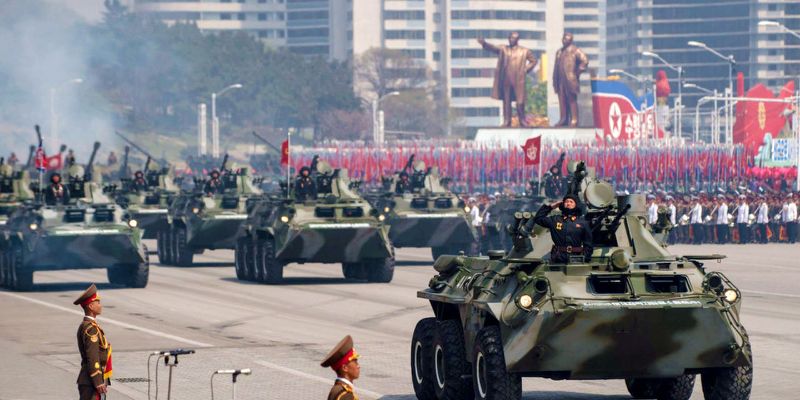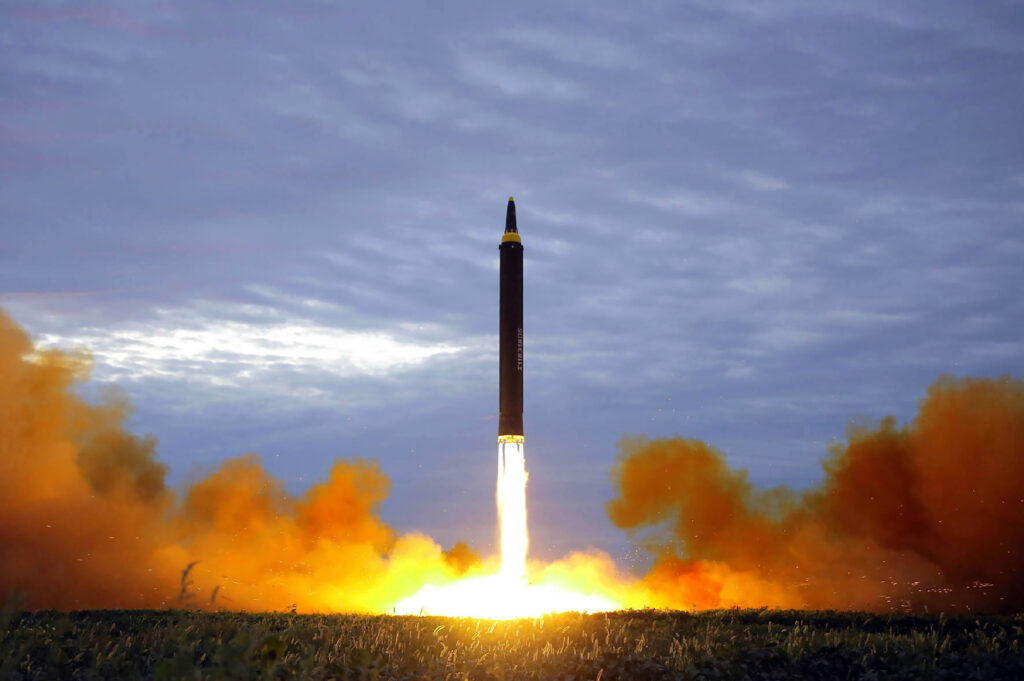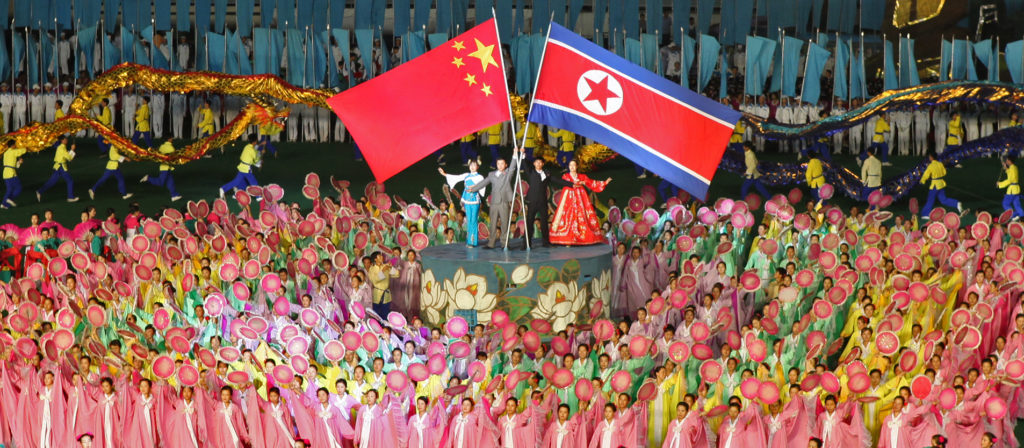The risk of conflict on the Korean Peninsula is higher than any time since the end of the Korean War.
North Korea’s nuclear program began in the early 1990s, and in its first decade or so was often thought to be a means of extorting financial and material support. The Agreed Framework, established in 1994 to manage the crisis, looks in hindsight like a reward for stopping the country from misbehaving.
North Korea got the world’s attention – and Donald Trump’s – when it said on July 4 that it had successfully launched an intercontinental ballistic missile for the first time. The weapon, potentially equipped with a nuclear warhead, could reach Alaska.
On November 28, 2017, North Korea conducted a test launch of a long-range intercontinental ballistic missile capable of carrying a nuclear warhead to almost any target located within the United States—continental or otherwise. This test was conducted after a hiatus of more than 70 days and has served to escalate tensions.
There are few options for dealing with North Korea—and none are good.
Leaders around the world agree that North Korea should be a top priority, but given the reclusive nation’s belligerence, options are scarce. Furthermore, ties between North Korea and its traditional ally China are growing increasingly fraught, as China reduces coal exports to the “hermit kingdom.” As China withdraws, Russia steps in to exploit the crisis by propping up the North Korean regime with energy and technology.
The U.S. has three options for managing the North Korea crisis. The U.S. could agree with the North Korean regime over accepting some degree of the North’s nuclear capabilities, it could use military force to decapitate the government of North Korea and secure its nuclear weapons, or the U.S. could steadfastly continue on its current (somewhat provocatory) strategy of containment. Through diplomatic efforts, economic sanctions, force posturing, and investment in ballistic missile defense systems innovation, the U.S. would seek to contain the North Korean regime to contain any future escalation.
Explore the Series: Geopolitics & North Korea’s Nuclear Ambitions
Recently Published in this Series
 Sleepwalking Into War: The North Korean Quagmire
Sleepwalking Into War: The North Korean Quagmire
The escalating war of words between U.S. President Donald Trump and North Korean Leader Kim Jung-Un has effectively created a situation in which the U.S. Government has three strategic options for dealing with a crisis that continues to escalate further as each day passes.
Don’t Rely On China: North Korea Won’t Kowtow To Beijing
Those who want to end North Korea’s nuclear threats often point to China as the sole actor who could save the day by making Kim Jong-Un and his regime stand down. Beijing provides about 90 percent of imports that North Koreans rely on, mainly food and oil. Many academics and policy analysts in the United States, South Korea, and Japan agree that China holds the magic key to making North Korea cease its nuclear activities. It is a view based on the assumption of a “patron-client” relationship between China and North Korea. I have studied such lopsided alliances and I’ve learned that no matter how in sync the national security goals of the two countries may be or how much the stronger power may have helped the weaker, the weaker never merely rolls over and obeys.
 What Are North Korea’s Military Capabilities?
What Are North Korea’s Military Capabilities?
North Korea has embarked on an accelerated buildup of weapons of mass destruction and modernization of its already large conventional force. The U.S. and its Asian allies regard North Korea as a grave security threat. It has one of the world’s most substantial conventional military forces, which, combined with its escalating missile and nuclear tests and aggressive rhetoric, has aroused concern worldwide. But world powers have been ineffective in slowing its path to acquire nuclear weapons.
 North Korea Launches ICMB Capable of Hitting Targets in the Continental States
North Korea Launches ICMB Capable of Hitting Targets in the Continental States
On November 28, 2017, North Korea conducted a test launch of a nuclear-capable intercontinental ballistic missile after over 70 days without any such activity. This is the third ICBM test launch of 2017. U.S. Secretary of Defense James Mattis stated that this missile “went higher, frankly, than any previous shot they’ve taken.”
Explore the analysis, assessments, forecasts, and commentary in our series: “Geopolitics and North Korea’s Nuclear Ambitions.“
Explore the Series: Geopolitics & North Korea’s Nuclear Ambitions




